Japan Adventures: Tokyo – Sensoji, Shibuya Crossing and More…
With detailed reports on my two top Tokyo “gotta-do’s” out of the way (a bowl of Michelin Star ramen at Tsuta, along with eating my way through the famous Tsukiji Fish Market), there’s still a few Tokyo tales to tell. Indeed, though I don’t generally favor huge cities in my travels, Tokyo is decidedly an exception. Ever so many different neighborhoods, each with their own unique attractions, I barely scratched the surface in my short visit there.
My First Japan Eats
After a 27+ hour marathon whiz from Ecuador to Peru to Houston and finally to Tokyo, (amazingly) even this dodderin’ lass wasn’t quite ready to call it a day with all of Tokyo finally at her fingertips. Besides, I was starving, and eager to begin eating my way through Japan. Happily, I met a fellow travelin’ lass when I checked into my hostel, so we both headed out amid the darkened Tokyo streets for dinner.
And what better way to start enjoying traditional Japanese cuisine than with a grilled (on a “teppan” built right into our table) batch of savory “okonomiyaki” pancakes?
Derived from the Japanese word “okonomi” meaning “what you wish” and “yaki” meaning “grill”, the dish can be found throughout Japan. It consists mainly of chopped bits of cabbage, green onion, crispy fried bacon, “beni shoga” (pickled ginger) and… whatever you like, be it bits of shrimp, calamari, octopus, pork, beef, Chinese sausage, oyster mushrooms, etc.) all suspended in an egg/flour based thin pancake batter.
Apparently there are many regional varieties of these succulent pancakes including “Kansai-style” (the bits are all mixed together on the grill – as we had in Tokyo) and “Hiroshima-style” (similar ingredients, but layered rather than mixed, and often topped with a fried egg). In any case – clearly the perfect way to kick-off our travels in Japan. Indeed, we even ordered Ginger Whiskeys to celebrate the occasion!
Btw, needless to say I shall no doubt soon be trying to cobble together my own “okonomiyaki” here in my kitchen at Casa Dyannita in Ecuador. Though I’ll necessarily need to substitute several of the key Japanese ingredients – stay tuned for a new TravelnLass reicpe.
Kappabashi (“Kitchen Street”)
 My first morning on the other side of the globe, I opted to defer the challenge of
My first morning on the other side of the globe, I opted to defer the challenge of getting lost errr… tackling the legendarily convoluted Japanese transit system, and instead stick close to “home” in my Asakusa neighborhood. One of Tokyo’s districts where an atmosphere of the city’s past decades survives, Asakusa (pronounced “aa-saak-saa”) offers plenty of walkable attractions.
And of course given my penchant for all things “travel foodie”, my first stroll took me along the mile-long “Kitchen Street” just a few blocks from my Tokyo hostal.
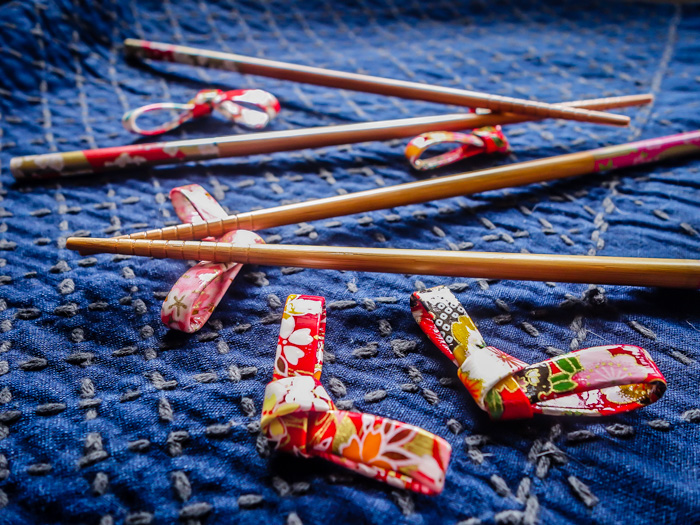 As you might expect from the name, “Kitchen Street” is lined with shops selling all manner of cooking and foodie gadgets, utensils, sake sets, covered rice bowls, (pricey!) handmade cutlery knives, younameit – everything but the food itself.
As you might expect from the name, “Kitchen Street” is lined with shops selling all manner of cooking and foodie gadgets, utensils, sake sets, covered rice bowls, (pricey!) handmade cutlery knives, younameit – everything but the food itself.
And even that (the food) was featured in the form of the ubiquitous Japanese “fake food” samples that you find displayed in the front windows of most any Japanese restaurant ’round the globe. Indeed, one shop even offers a class in making fake tempura shrimp and glistening rubber sashimi. But as the classes were only offered in Japanese (plus what on earth would I do with a head of fake lettuce or a spilled cup of rubbery melted ice cream?), I passed on the 2150Y class and instead bought a lovely set of floral chopsticks and whimsical “bow” chopstick rests.
Later that first day, I stopped by the most architecturally interesting Asakusa Tourist Center to pick the brains of the helpful (English-speaking) staff. And after dark I returned to the 8th floor observation deck of the center to capture the iconic “Skytree” all aglow.
Sensoji Temple
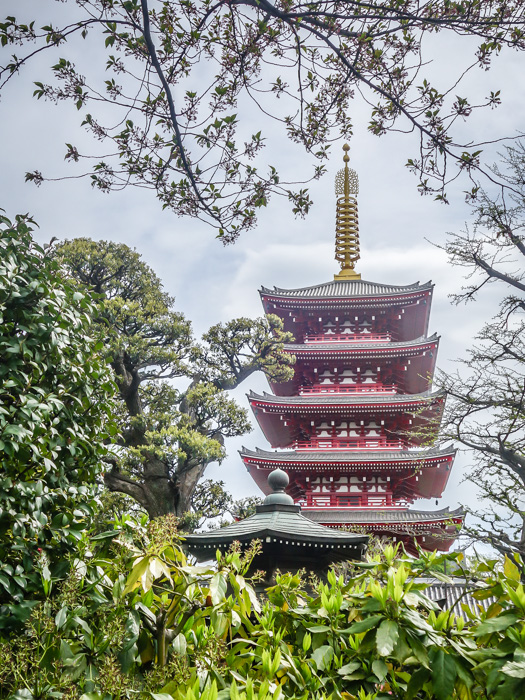 After a morning’s wander amid all the foodie paraphernalia, I headed in the opposite direction to the main Asakusa attraction: the Sensoji Temple complex. Originally built in the year 645(!!!), the Sensoji is Tokyo’s oldest (and Japan’s most visited) Buddhist temple. Nowadays it draws both serious Buddhist devotees, along with the requisite horde of tourists.
After a morning’s wander amid all the foodie paraphernalia, I headed in the opposite direction to the main Asakusa attraction: the Sensoji Temple complex. Originally built in the year 645(!!!), the Sensoji is Tokyo’s oldest (and Japan’s most visited) Buddhist temple. Nowadays it draws both serious Buddhist devotees, along with the requisite horde of tourists.
And (like it or not) as a bona fide member of the latter group, I swiftly melded into the crowd entering the towering “Thunder Gate” (Kaminari-mon), with its iconic giant red lantern. Ah but first-things-first after all – as a veteran “geocacher” (with more than a thousand finds all over the globe) I paused at the entrance to grab a bit of geo-joy: a most cleverly hidden FULL SIZE geocache tucked beneath the central message board at the entrance. Needless to say with all the selfie sticks streaming by, a good bit of stealth was required to extract the cache, sign the log book and return it to its secret hidey – all without alerting the swarm of “muggles” (non-geocachers – the word borrowed from the “non-wizards” in the Harry Potter series).
My Omikuji Fortune
Omikuji are written fortunes offered at shrines and temples all over Japan. Omikuji has the kanji for lottery (籤、くじ – kuji) in it. Literally it means “sacred lot”. Usually omikuji requires a small offering and at Sensoji it was but 100Y (<$1), so of course I had to try my luck at getting a good one.
There it was a matter of shaking a tall metal box and spilling a single bamboo rod out of a small hole in the box. The bamboo rod has a number engraved on it (in Japanese, natch). But it’s easy to match the Japanese kanji with a likewise numbered drawer filled with slips of paper with your fortune. Happily, the fortunes are printed in both Japanese and English, and mine turned out to be…
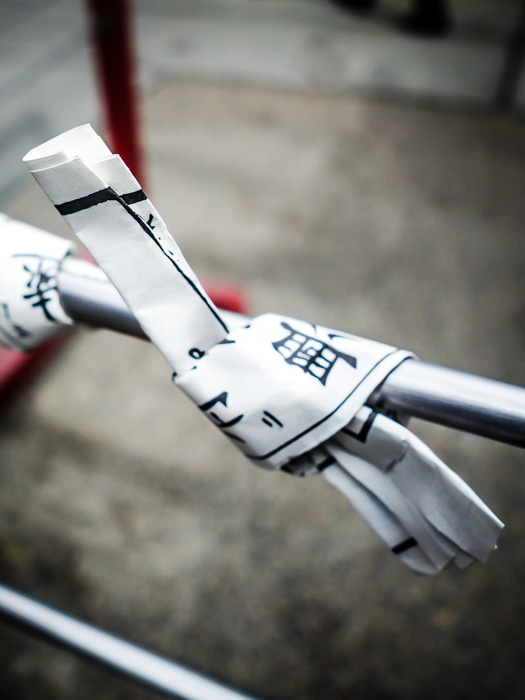
If you get a good fortune, according to tradition – you would take it home, symbolizing that you’re keeping the good fortune with you. If the fortune isn’t especially good (and at Sensoji, the tradition is strict: 30% aren’t), you best tie the omikuji onto one of the adjacent omikuji “trees”, symbolizing the fact that you are leaving this fortune behind.
In short, my omikuji – though not ominous – wasn’t especially promising, so I prudently tied it (known as “kami wo musubu”) to the wire “trees” nearby.
Shimokitazawa (a.k.a. How on EARTH did I manage to drag home a Japanese TRIPOD in my carry-on luggage?)
The following day (after slurping a most remarkable bowl of Michelin Star ramen at Tsuta), I ventured further afield in the megalopolis that is Tokyo, to take a peek at the Shimokitazawa neighborhood – said to be chock-full of thrift stores and luscious vintage clothing.
And OMG – was. it. ever!
Though I politely passed on visiting an “Owl Cafe” (poor thing!), I did find a nifty vintage denim coat trimmed in corduroy (3000Y, ~$30) and…
Who on earth buys a TRIPOD whilst traveling with but a small rollie and a knapsack??? Yours truly, that’s who – given that it was only $15 and even a cheapo tripod in Ecuador would easily run me $60+.
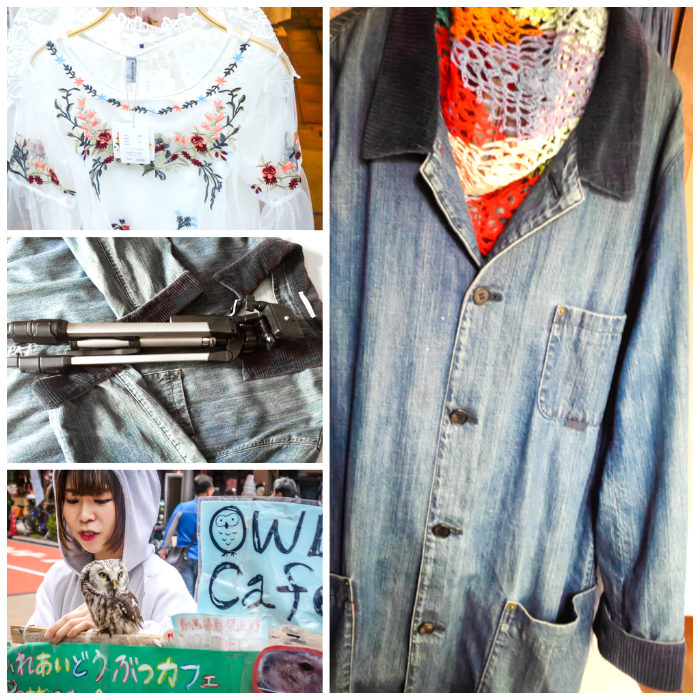
Shibuya Crossing

And finally, upon my return to Tokyo following my adventures in Nagano, Koyoto, Osaka, Hiroshima and Myajima (stay tuned for future TL posts) – after a morning of over-the-top seafood eats at Tsukiji Market, I headed to Tokyo’s Shibuya neighborhood to witness the famous “Zebra Crossing” (the World’s busiest intersection).
Alighting from (yet another) city-sized Japanese train station, I elbowed by way through the crowds to first pay my respects to the legendary “Haichiko” pup.
| According to the legend…
“Hachiko, a golden brown Akita, was born on November, 1923 at a farm located in Ōdate, Akita Prefecture, Japan. In 1924, Hidesaburō Ueno, a professor at the Tokyo Imperial University, took Hachikō as a pet and brought him to live in Shibuya, Tokyo. Ueno would commute daily to work, and Hachikō would leave the house to greet him at the end of each day at the nearby Shibuya Station. The pair continued the daily routine until May 21, 1925, when Ueno did not return. The professor had suffered a cerebral hemorrhage, while he was giving a lecture, and died without ever returning to the train station in which Hachikō waited. Each day, for the next nine years, nine months and fifteen days, Hachikō awaited Ueno’s return, appearing precisely when the train was due at the station. After Hachikō’s death in 1935, his remains were cremated and his ashes were buried in Aoyama Cemetery where they rest beside those of Hachikō’s beloved master, Professor Ueno.” |
And from there I tiptoed across the bustling “Zebra” to Starbuck’s where my pre-trip research assured me was an excellent, 2nd floor location to get a time-lapse video of the synchronized crossing.
Whew! Another long one, and I STILL have more of just Tokyo (e.g. my dubiously sensible opt to dine on “fugu” a.ka. Puffer/Blowfish – “…1,200 times more poisonous than cyanide”!) plus Kyoto, Osaka, Hiroshima, Myajima and… my glimpse of Mt. Fuji.
IOW… do stay tuned!

P.S. New here and curious who I am? Check my bio to learn more! Better yet, subscribe to my email list (so you never miss a single post) and get a pdf of my 30+ Best Travel Tips (trust me, at least one is sure to be a revelation).

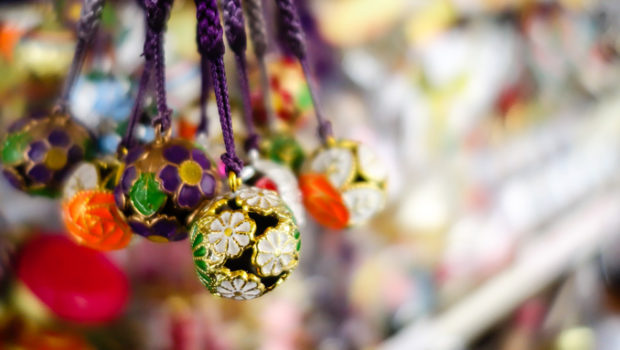
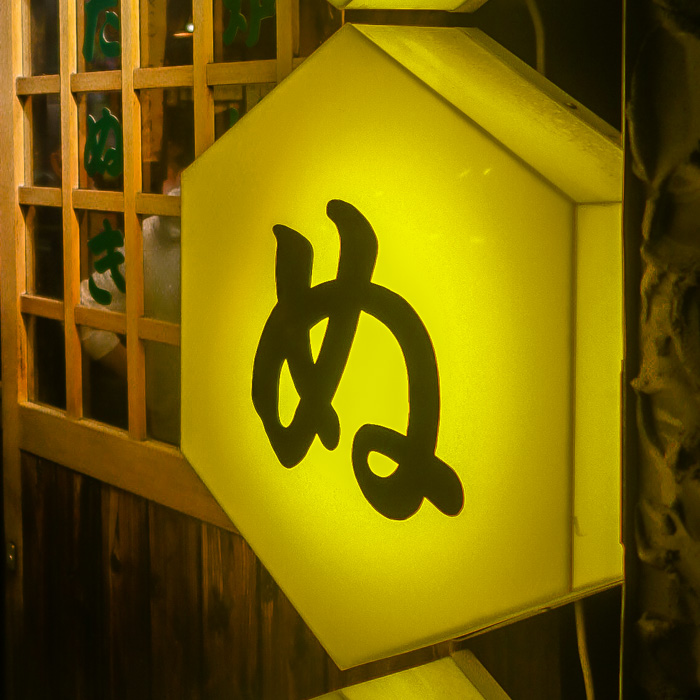
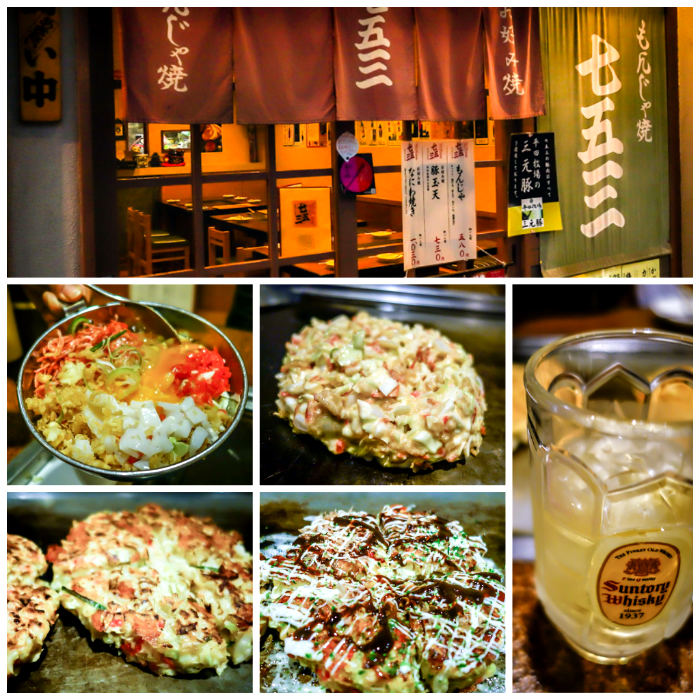
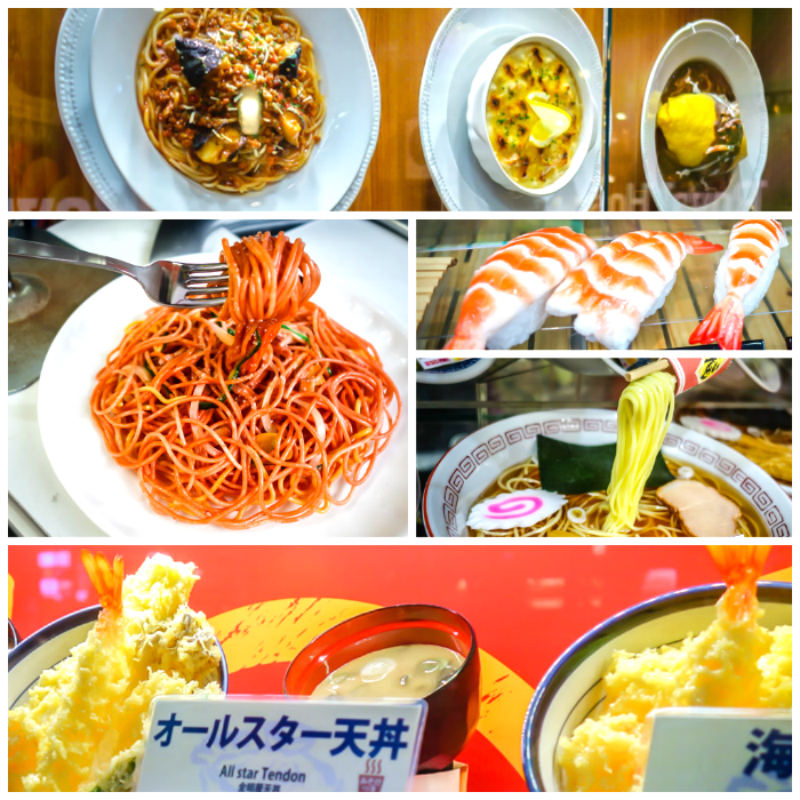

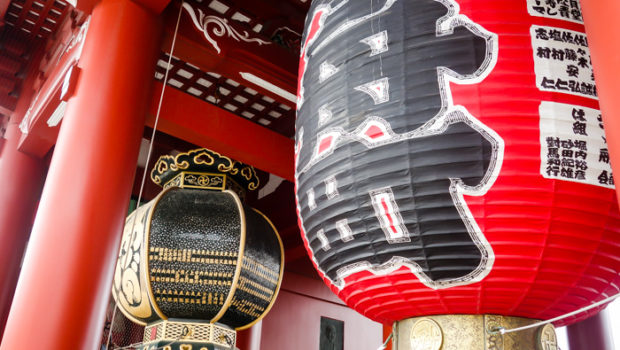


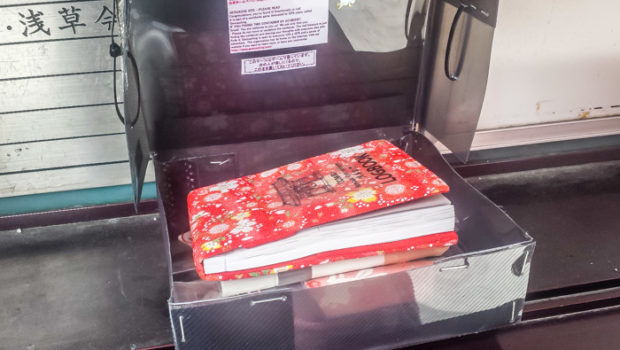
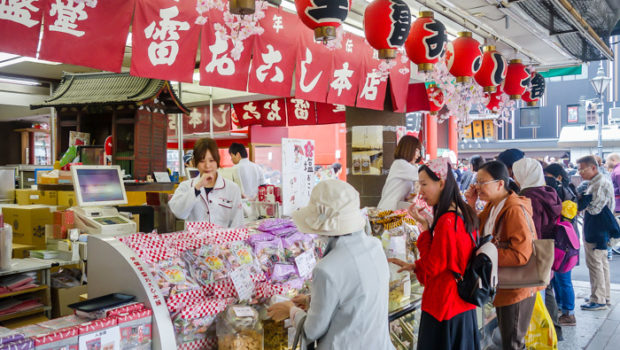
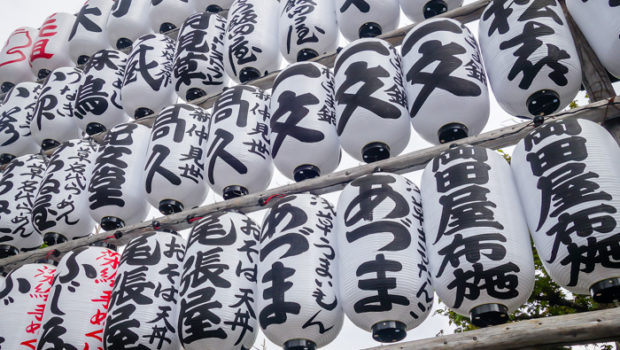
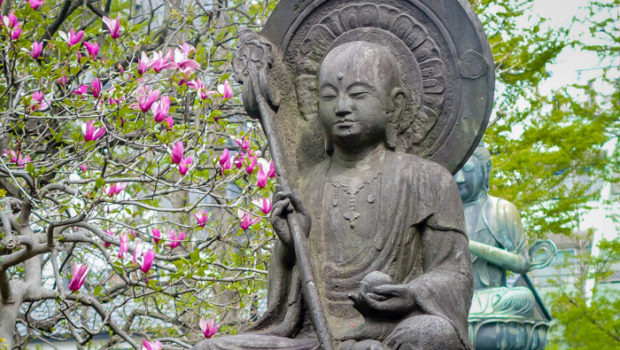
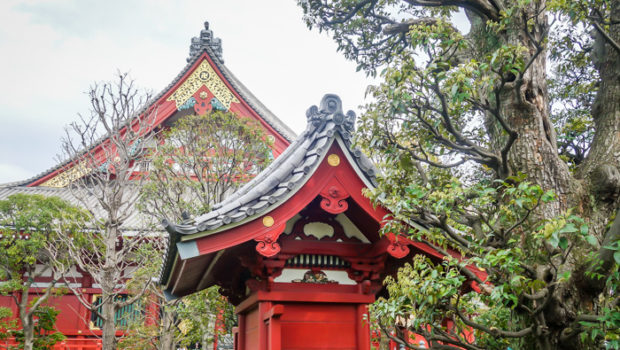
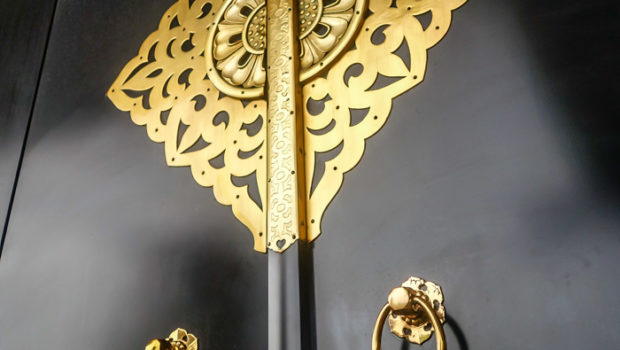

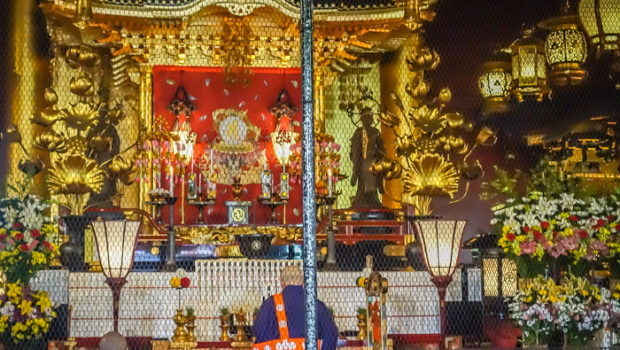

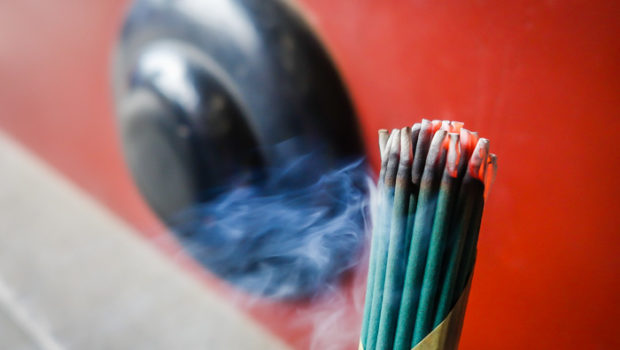
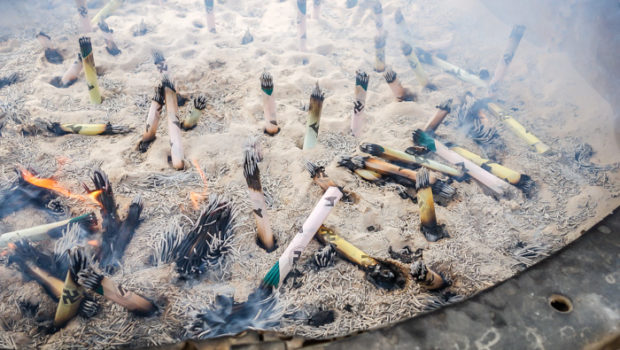

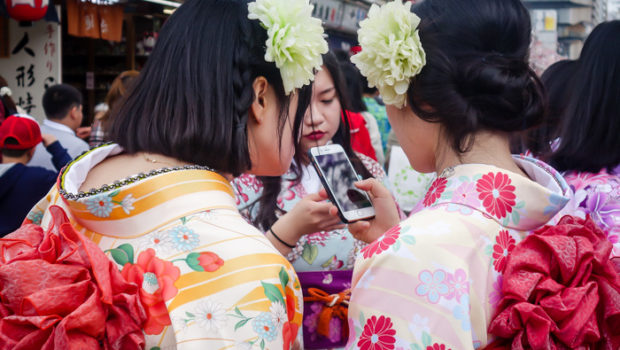
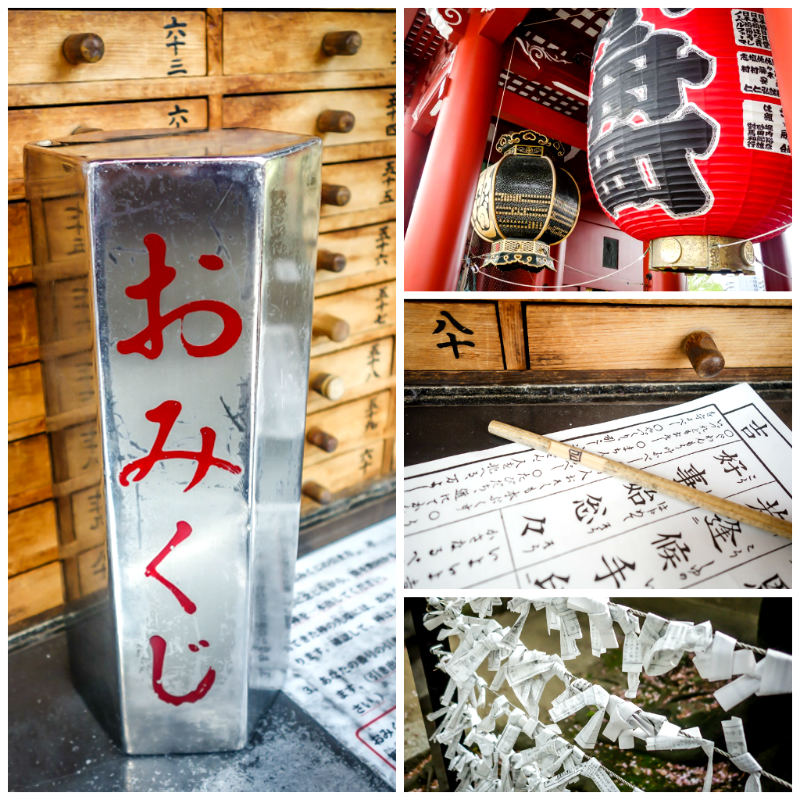

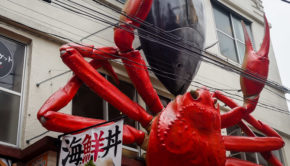

 Off-the-beaten-path travel is my passion, and I’ve always lived life “like a kid in a candy store” – eager to sample as many flavors as I can. Indeed, my life motto has long been:
Off-the-beaten-path travel is my passion, and I’ve always lived life “like a kid in a candy store” – eager to sample as many flavors as I can. Indeed, my life motto has long been:










Japan is such a fun place, I enjoyed all the snow monkeys too!
https://www.flickr.com/photos/xtremepeaks/albums/72157695853760622
OMG Istvan – it was YOU who first inspired me to visit Japan – primarily to see those Snow monkeys with my own two eyes! Alas, it took me more than 4 years, but by golly, I finally did it – see my recent Nagano post:
http://www.travelnlass.com/2018/05/26/japan-adventures-snow-monkeys-onsens-ryokan-kaiseki-eats/
So are you still teaching English in Bhutan?
I spent 4 years in Bhutan at the college teaching math and computers, and plenty of hikes. Now I am back on Vancouver island exploring lots of wild places, and travel to the Olympic Peninsula lots as well as Bellingham area, where I have many favorite trails and camping.
Ah, back in the (wondrous) Pacific Northwest (my old hood) – so you’ve turned in your Asia expat badge, eh? 😉 Yes, many extraordinary outdoor adventures to be had there.
Part of me misses that corner of the globe. But living atop this 8,400+ ft. mountain in South America suits me to a T. Glad you’re doing well.